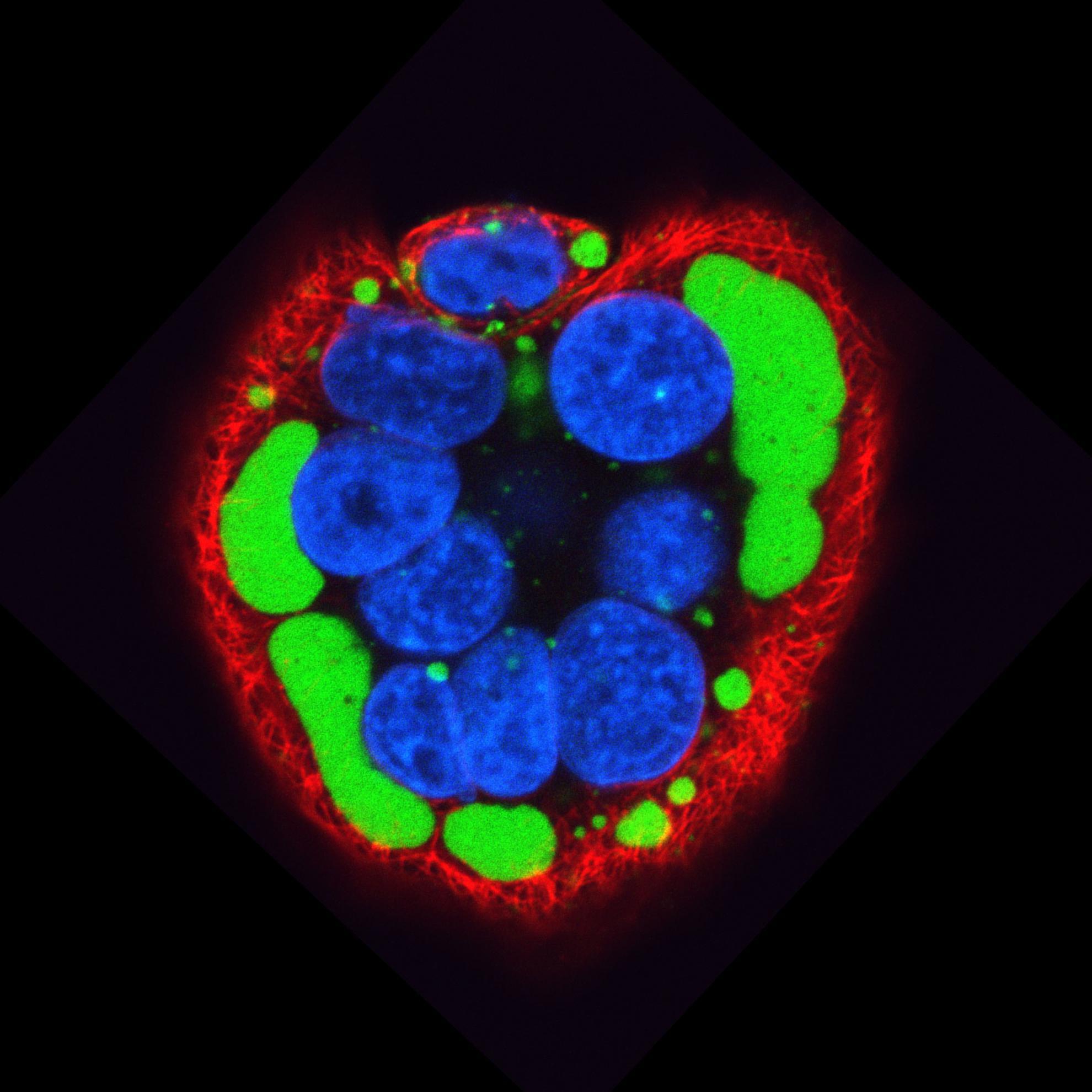Importance of the extracellular and cytoplasmic/transmembrane domains of the haemagglutinin protein of rinderpest virus for recovery of viable virus from cDNA copies
A specific interaction between the F and H proteins is required to enable fusion of the virus and host cell membranes and in some cases these proteins are not interchangeable between related viruses of the family Paramyxoviridae. For example, the F and H proteins of two ruminant morbilliviruses, rinderpest virus (RPV) and Peste-des-petits-ruminants virus (PPRV), are not interchangeable since viable virus could not be rescued from cDNA constructs where an individual glycoprotein gene of RPV was replaced with that from PPRV. To investigate which domain of the H protein, extracellular or cytoplasmic/transmembrane, was most important for preventing this interaction, two chimeric H gene constructs were made where the normal H gene of RPV was substituted with variant H genes where the transmembrane/cytoplasmic tail region (pRPV2C-PPRTm) or the whole ectodomain (pRPV2C-PPRExt) were derived from PPRV. Chimeric viruses were rescued from both the constructs and, while RPV2C-PPRTm virus grew to as high titres as the parent virus, RPV2C-PPRExt virus was extremely debilitated with respect to growth in tissue culture. Thus the ectodomain of H is the most important region required for effective interactions of the two glycoproteins for the recovery of viable virus. Nevertheless, the transmembrane/cytoplasmic domain of RPV alone can allow a chimeric virus to be rescued, which was not possible when the complete H gene was derived from PPRV. Both versions of the H protein and also the F protein were found to be incorporated into the envelope of the budded virions.
Back to publications
